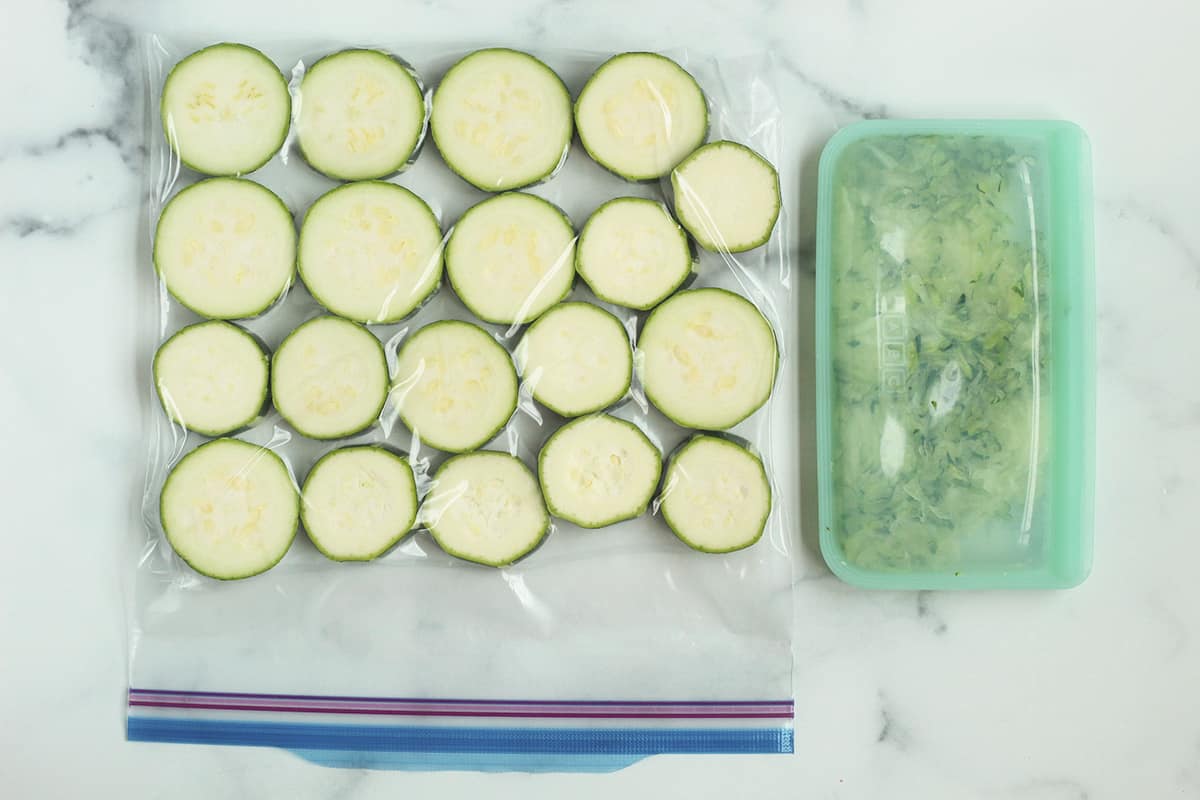

Articles
How To Store Chopped Zucchini
Modified: December 7, 2023
Discover the best articles on how to store chopped zucchini for long-lasting freshness and convenience.
(Many of the links in this article redirect to a specific reviewed product. Your purchase of these products through affiliate links helps to generate commission for Storables.com, at no extra cost. Learn more)
Introduction
Chopped zucchini is a versatile and nutritious ingredient that can be used in a wide range of dishes, from soups and stir-fries to salads and pasta. However, if you find yourself with an excess of zucchini or want to meal prep in advance, you may be wondering how to store chopped zucchini to maintain its freshness and flavor.
In this article, we will explore various methods and tips for storing chopped zucchini, whether you prefer to freeze it for long-term storage or refrigerate it for short-term use. We will also discuss the best containers to use and provide some ideas on how to use stored chopped zucchini to make delicious meals.
But first, let’s take a look at some of the benefits of storing chopped zucchini.
Key Takeaways:
- Properly storing chopped zucchini extends its freshness, reduces food waste, and saves money by allowing you to take advantage of seasonal abundance and bulk purchases. Whether frozen or refrigerated, it’s a versatile ingredient for year-round use.
- Utilize stored chopped zucchini in a variety of dishes, from stir-fries and salads to frittatas and baked goods. By following recommended storage and defrosting techniques, you can unleash your culinary creativity and savor the delicious meals you create.
Read more: How To Store Zucchini
Benefits of Storing Chopped Zucchini
Storing chopped zucchini offers several benefits that can make your cooking experience more convenient and efficient. Here are a few advantages of properly storing chopped zucchini:
- Extended Freshness: When properly stored, chopped zucchini can retain its freshness for a longer period of time. This means you can take advantage of seasonal abundance or bulk purchases without worrying about the zucchini going bad.
- Meal Prep Made Easy: By chopping and storing zucchini in advance, you can save valuable time during busy weekdays. Simply remove the portion you need from the freezer or refrigerator, and you’ll have a ready-to-use ingredient for your recipes.
- Versatility in Cooking: Pre-chopped zucchini is incredibly versatile, allowing you to incorporate it into various dishes effortlessly. From adding it to omelets and frittatas to using it in casseroles and baked goods, the possibilities are endless.
- Reduces Food Waste: Storing chopped zucchini helps reduce food waste by allowing you to use up all your zucchini before it spoils. Instead of letting extra zucchini go to waste, you can preserve it for future use.
- Cost Savings: Buying zucchini in bulk or during peak season when prices are lower can save you money. By storing chopped zucchini, you can take advantage of these cost savings and enjoy zucchini dishes year-round.
Now that you’re aware of the benefits, let’s move on to the important steps you should take before storing chopped zucchini.
Preparation Before Storage
Before you start storing your chopped zucchini, it’s important to take a few steps to ensure optimal freshness and quality. Here are some key preparations to follow:
- Choose Fresh Zucchini: Select zucchini that is firm, without any soft spots or blemishes. Fresh zucchini will have a vibrant green color and a slightly glossy skin.
- Wash and Dry: Rinse the zucchini under cold water to remove any dirt or debris. Pat dry with a clean towel or paper towel to eliminate excess moisture, as moisture can lead to spoilage.
- Trim and Cut: Trim off both ends of the zucchini using a sharp knife. Depending on your storage preference, you can either dice the zucchini into small pieces or slice it into rounds.
- Blanching (Optional): Blanching involves briefly boiling the chopped zucchini before storing it. This method can help retain the vegetable’s color, flavor, and nutrients. To blanch, place the chopped zucchini in a pot of boiling water for 1-2 minutes, then immediately transfer it to an ice bath to cool.
- Divide into Portions: If you plan to use the chopped zucchini in specific quantities, portion it into individual servings before storing. This makes it easier to grab and use the desired amount without thawing or defrosting more than necessary.
By following these preparation steps, you can ensure that your chopped zucchini is ready for storage and will maintain its quality for an extended period of time. Now, let’s explore the various methods of storing chopped zucchini.
Recommended Storage Methods
There are two primary storage methods for chopped zucchini: freezing and refrigerating. The method you choose depends on the length of time you want to store the zucchini and the intended use. Let’s take a closer look at each method:
Freezing Chopped Zucchini:
Freezing is an ideal method if you want to store chopped zucchini for an extended period, typically several months. Follow these steps for optimal results:
- Flash Freeze: Arrange the chopped zucchini in a single layer on a baking sheet lined with parchment paper or a silicone mat. Place the baking sheet in the freezer for a few hours, or until the pieces are frozen solid. This prevents them from sticking together during storage.
- Transfer to Containers: Once the zucchini is frozen, transfer the pieces to airtight freezer-safe containers or freezer bags. Squeeze out any excess air to minimize freezer burn.
- Label and Date: Remember to label the containers or bags with the contents and the date of freezing. This helps you keep track of the freshness and makes it easier to locate specific batches in the freezer.
- Freeze for Long-Term Storage: Place the containers in the freezer, ensuring they are stored flat to save space. The frozen chopped zucchini can be stored for up to 6-8 months.
Refrigerating Chopped Zucchini:
If you only plan to store chopped zucchini for a short period, such as a few days to a week, refrigeration is a suitable option. Here’s how you can refrigerate chopped zucchini:
- Place in an Airtight Container: Transfer the chopped zucchini to a clean, airtight container. Ensure that the container has a tight seal to prevent moisture and air from entering.
- Store in the Refrigerator: Put the container in the refrigerator, preferably in the crisper drawer. The chopped zucchini can stay fresh for up to 4-5 days when refrigerated at around 40°F (4°C).
Both freezing and refrigerating methods have their benefits, so choose the one that best suits your needs. Next, let’s explore the best containers to use when storing chopped zucchini.
Freezing Chopped Zucchini
Freezing chopped zucchini is a great way to preserve its freshness and flavor for an extended period. Whether you have a surplus of zucchini from your garden or found a great deal at the farmers market, freezing can help you enjoy zucchini all year round. Here’s how to freeze chopped zucchini:
- Flash Freeze: Start by spreading the chopped zucchini in a single layer on a baking sheet lined with parchment paper or a silicone mat. Make sure to space the pieces apart so they don’t stick together. This process is called flash freezing.
- Pre-Freeze: Place the baking sheet with the chopped zucchini in the freezer for a few hours, or until the pieces are completely frozen. Pre-freezing individually ensures that the pieces won’t clump together, making it easier to grab the desired amount later.
- Transfer to Freezer Bags or Containers: Once the zucchini is frozen, transfer the chopped pieces into freezer-safe bags or containers. Remove any excess air from the bag and seal it tightly. If using containers, make sure they are airtight and properly labeled with the date of freezing.
- Properly Label and Store: Label the bags or containers with the contents and the date of freezing to keep track of the zucchini’s freshness. Store the frozen chopped zucchini in the freezer, preferably in a single layer or stack them flat to save space.
When stored properly, frozen chopped zucchini can retain its quality for up to 6-8 months. However, for the best flavor and texture, it is recommended to use the frozen zucchini within 3-4 months.
Now that you know how to freeze chopped zucchini, let’s move on to refrigerating it for short-term storage.
Read more: How To Store Half A Zucchini
Refrigerating Chopped Zucchini
If you plan to use your chopped zucchini within a few days or up to a week, refrigeration is an excellent option. Refrigerating chopped zucchini allows you to keep it fresh and ready to use whenever you need it. Follow these steps to store chopped zucchini in the refrigerator:
- Use an Airtight Container: Transfer the chopped zucchini into a clean, airtight container. Make sure the container has a tight seal to prevent moisture and odors from other foods in the refrigerator from affecting the zucchini.
- Label the Container: Label the container with the current date, so you can keep track of its freshness. This will help you prioritize the zucchini and use it within a reasonable timeframe.
- Store in the Crisper Drawer: Place the container of chopped zucchini in the crisper drawer of your refrigerator. The crisper drawer offers a slightly higher humidity level, which helps to keep the zucchini fresh.
- Check and Use Within a Week: Regularly check the chopped zucchini for any signs of spoilage, such as mold or a slimy texture. Use the zucchini within 4-5 days for best quality and flavor.
Remember that refrigeration is a short-term storage option, so it’s ideal to use the chopped zucchini within the recommended time frame to enjoy its freshness.
Now that we have covered both freezing and refrigerating methods, let’s move on to the best containers to use for storing chopped zucchini.
After chopping zucchini, store it in an airtight container or resealable bag in the refrigerator. It will stay fresh for up to 4-5 days.
Best Containers for Storing Chopped Zucchini
Choosing the right containers for storing chopped zucchini is essential to maintain its quality and prevent spoilage. Here are some recommended containers that work well for storing chopped zucchini:
- Freezer-Safe Bags: Freezer bags made of heavy-duty plastic are a popular choice for freezing chopped zucchini. They are flexible and take up less space in the freezer. Make sure to choose bags specifically labeled as “freezer-safe” to ensure they can withstand freezing temperatures without bursting.
- Plastic or Glass Containers: Airtight plastic or glass containers are excellent for both freezing and refrigerating chopped zucchini. These containers help prevent air and moisture from reaching the zucchini, preserving its freshness. Make sure the containers have well-fitting lids to secure the zucchini properly.
- Food Grade BPA-Free Plastic Containers: Look for food-grade plastic containers that are BPA-free to ensure the safety of your stored zucchini. These containers are durable, reusable, and come in various sizes to accommodate different amounts of chopped zucchini.
- Mason Jars: Mason jars are a great option for refrigerating chopped zucchini. They are airtight, which helps to maintain freshness, and their transparent nature allows you to easily see the contents. Wide-mouth jars work well, as they make it easier to scoop out the chopped zucchini when needed.
When choosing containers, ensure they are clean and in good condition to prevent any contamination. It’s also a good practice to label the containers with the contents and the date of storage to keep track of the zucchini’s freshness.
Now that you know the best containers for storing chopped zucchini, let’s move on to some tips for maintaining its freshness and flavor.
Tips for Maintaining Freshness and Flavor
To ensure that your chopped zucchini stays fresh and flavorful during storage, consider the following tips:
- Remove Excess Moisture: Before storing your chopped zucchini, make sure it’s thoroughly dried to prevent excess moisture. Moisture can lead to spoilage and affect the texture and taste of the zucchini.
- Properly Seal Containers: Whether you’re using plastic bags or airtight containers, ensure they are tightly sealed to prevent air exposure. This will help maintain the freshness and prevent the zucchini from absorbing any odors from other foods in the freezer or refrigerator.
- Store in the Right Temperature: Keep frozen chopped zucchini at 0°F (-18°C) or below, and refrigerated chopped zucchini at around 40°F (4°C) for optimal freshness. Make sure your freezer and refrigerator are set to the appropriate temperatures and periodically check them with a thermometer.
- Avoid Temperature Fluctuations: Rapid temperature fluctuations can degrade the quality of the chopped zucchini. Avoid leaving frozen zucchini out at room temperature for an extended period before returning it to the freezer, as this can cause freezer burn.
- Rotate and Use FIFO Method: When storing multiple batches of chopped zucchini, practice the first-in, first-out (FIFO) method. Use the older batches of zucchini first to prevent them from sitting in storage for long periods, which can lead to a loss in quality.
- Do Not Refreeze: Once you have thawed your frozen chopped zucchini, do not refreeze it. Refreezing can affect the texture and taste of the zucchini and can lead to an increased risk of bacterial growth.
By implementing these tips, you can maximize the freshness and flavor of your stored chopped zucchini. Now, let’s move on to learning the proper defrosting techniques for frozen chopped zucchini.
Proper Defrosting Techniques
When it comes to defrosting frozen chopped zucchini, it’s important to follow the proper techniques to maintain its taste and texture. Here are some recommended methods for defrosting frozen zucchini:
- Refrigerator Thawing: The best method for defrosting frozen chopped zucchini is to transfer it from the freezer to the refrigerator. Place the container or bag of frozen zucchini in the refrigerator and allow it to thaw slowly overnight or for about 12-24 hours. This gradual thawing process helps retain the zucchini’s moisture and preserves its quality.
- Room Temperature Thawing: If you need to defrost the zucchini more quickly, you can use the room temperature thawing method. Remove the frozen chopped zucchini from the freezer and let it sit at room temperature for 1-2 hours until fully thawed. However, this method should only be used if you plan to use the zucchini immediately after thawing.
- Cooking from Frozen: In some recipes, you can directly add frozen chopped zucchini to the dish while cooking. This method works well for soups, stews, and stir-fries where the zucchini will naturally thaw and cook during the heating process. Just be mindful of the additional cooking time required for the frozen zucchini.
Regardless of the defrosting method you choose, it’s important not to refreeze the thawed chopped zucchini. Once the zucchini is thawed, it should be used within a couple of days to ensure its freshness and quality.
Now that you know how to properly defrost your frozen chopped zucchini, let’s explore some creative ideas for using stored chopped zucchini in various dishes.
Read more: How To Store Zucchini In Freezer
Ideas for Using Stored Chopped Zucchini
Now that you have your stored chopped zucchini ready to use, let’s explore some delicious and creative ways to incorporate it into your meals:
- Stir-Fries and Skillet Meals: Add chopped zucchini to your favorite stir-fries or skillet meals. It pairs well with other vegetables, proteins, and sauces, adding a subtle sweetness and texture to the dish.
- Pasta and Grain Salads: Toss chopped zucchini into pasta salads, grain salads, or even cold noodle dishes. It brings a fresh and vibrant element to the salads and complements the other ingredients.
- Frittatas and Quiches: Incorporate chopped zucchini in frittatas or quiches for a flavorful and nutritious addition. The zucchini adds a wonderful texture and enhances the overall taste of the dish.
- Soups and Stews: Use your chopped zucchini to make hearty soups and stews. It adds a subtle sweetness and helps to thicken the broth, making it a filling and nutritious option.
- Baked Goods: Get creative and bake with chopped zucchini. It can be used in muffins, bread, and even cakes, adding moisture and a hint of sweetness.
- Roasted or Grilled Side Dish: Toss chopped zucchini with olive oil, herbs, and spices, then roast or grill it as a tasty side dish. The zucchini takes on a delicious caramelized flavor and pairs well with a variety of seasonings.
- Zucchini Noodles: Spiralize your stored chopped zucchini into noodles and use it as a low-carb alternative to traditional pasta. Pair it with your favorite sauce or stir-fry it with other vegetables and proteins.
These are just a few ideas to get you started, but the possibilities with chopped zucchini are endless. Feel free to experiment and discover new ways to incorporate it into your favorite recipes.
After exploring these ideas, you should now have plenty of inspiration to utilize your stored chopped zucchini and create delicious meals. So whether you choose to freeze or refrigerate your zucchini, you can enjoy the freshness and flavor of this versatile ingredient throughout the year.
In summary, proper storage methods, containers, and defrosting techniques are crucial for maintaining the quality of chopped zucchini. By following these guidelines, you can make the most out of your zucchini and reduce food waste.
Now, it’s time to unleash your culinary creativity and make the most of your stored chopped zucchini. Happy cooking!
Conclusion
Storing chopped zucchini is a fantastic way to extend its shelf life and ensure that you always have this versatile ingredient on hand. Whether you choose to freeze or refrigerate your zucchini, proper storage and handling techniques are key to maintaining its freshness and flavor.
By following the recommended storage methods, such as flash freezing and using airtight containers, you can preserve the quality of chopped zucchini for an extended period. Freezing allows you to store zucchini for months, while refrigeration is ideal for shorter-term storage.
Remember to properly label your containers, use the FIFO method, and be mindful of defrosting techniques to ensure that your stored chopped zucchini retains its taste and texture when used in your recipes.
When it comes time to use your stored chopped zucchini, the options are endless. You can add it to stir-fries, salads, frittatas, soups, or even bake it into delicious treats. The zucchini adds a subtle sweetness, texture, and nutritional value to a variety of dishes.
By storing and utilizing chopped zucchini efficiently, you can reduce food waste, save money, and enjoy the goodness of this versatile vegetable all year round.
So, next time you find yourself with an abundance of zucchini or want to take advantage of seasonal availability, don’t hesitate to chop and store it using the methods and tips outlined in this article. Embrace the convenience of having chopped zucchini ready to go whenever inspiration strikes in your kitchen.
Now, it’s time to get creative and make the most of your stored chopped zucchini. Enjoy the culinary journey and savor the delicious meals you create!
Frequently Asked Questions about How To Store Chopped Zucchini
Was this page helpful?
At Storables.com, we guarantee accurate and reliable information. Our content, validated by Expert Board Contributors, is crafted following stringent Editorial Policies. We're committed to providing you with well-researched, expert-backed insights for all your informational needs.
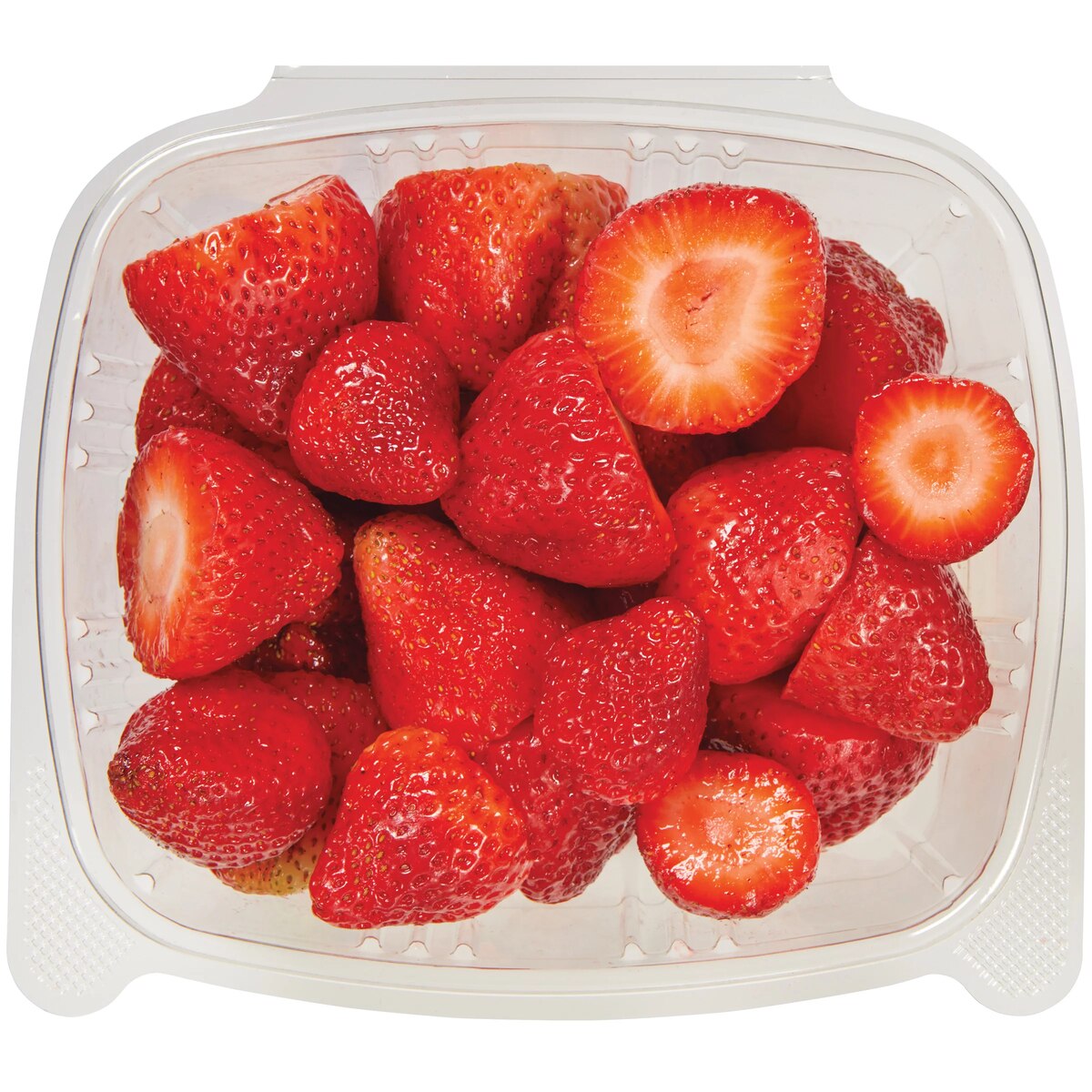
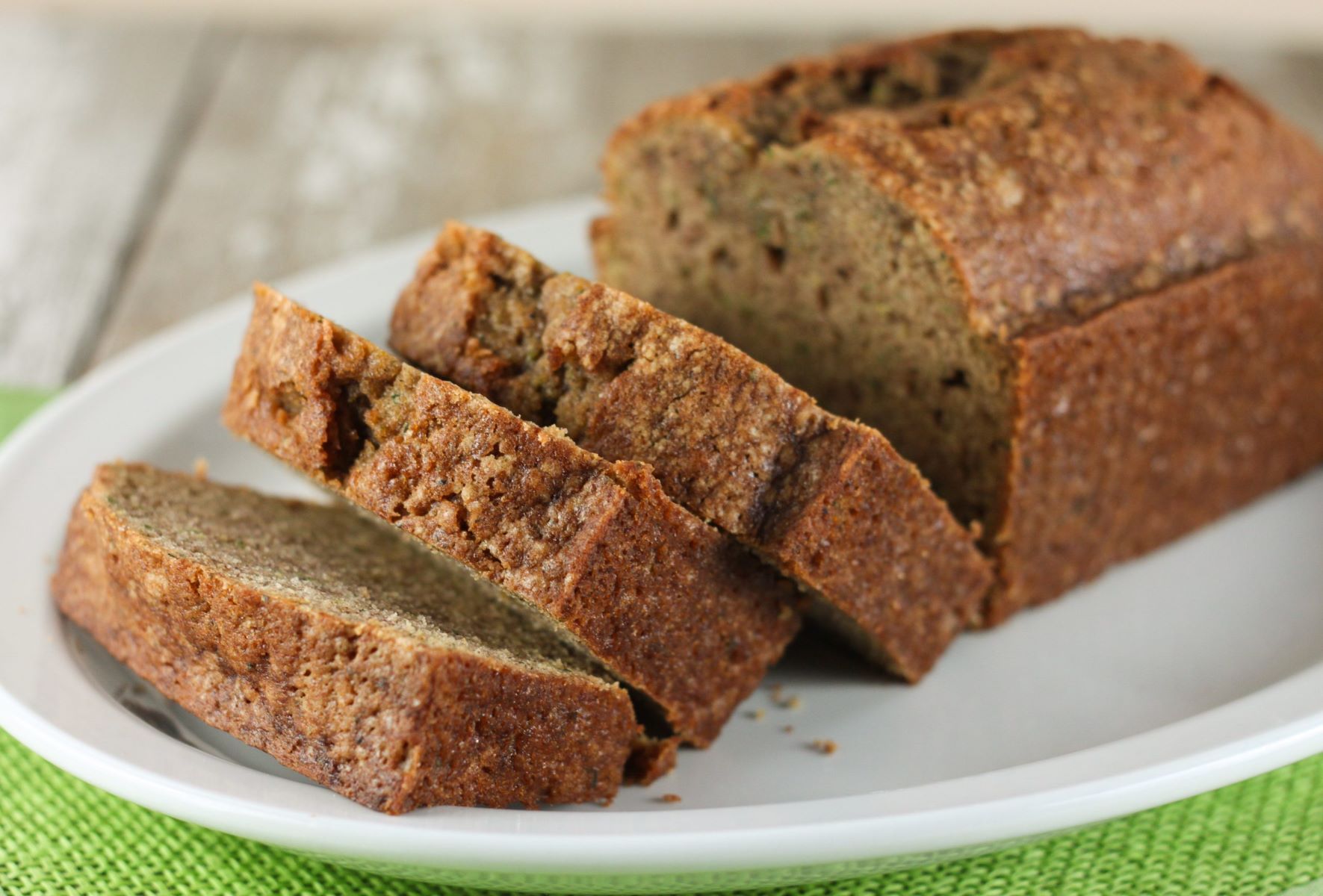
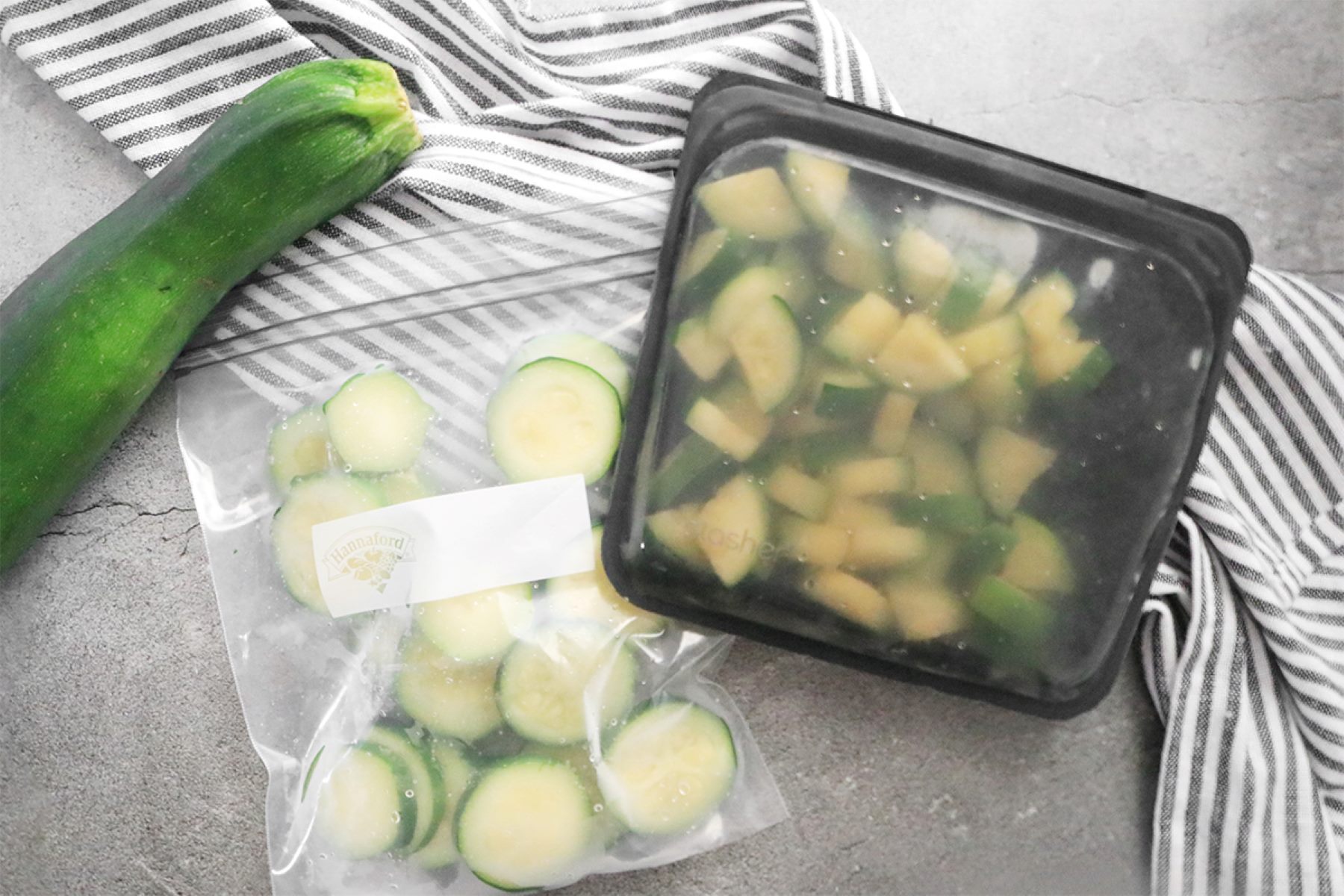
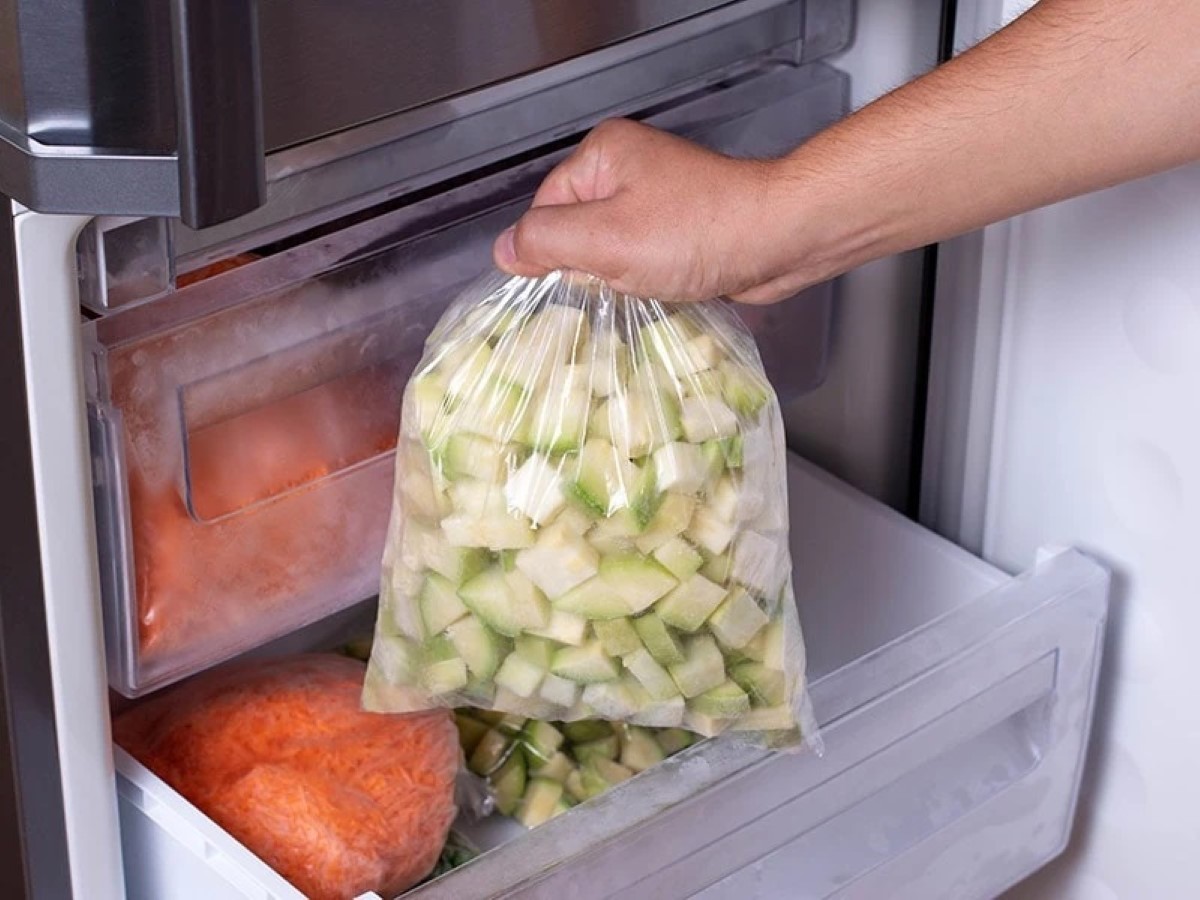

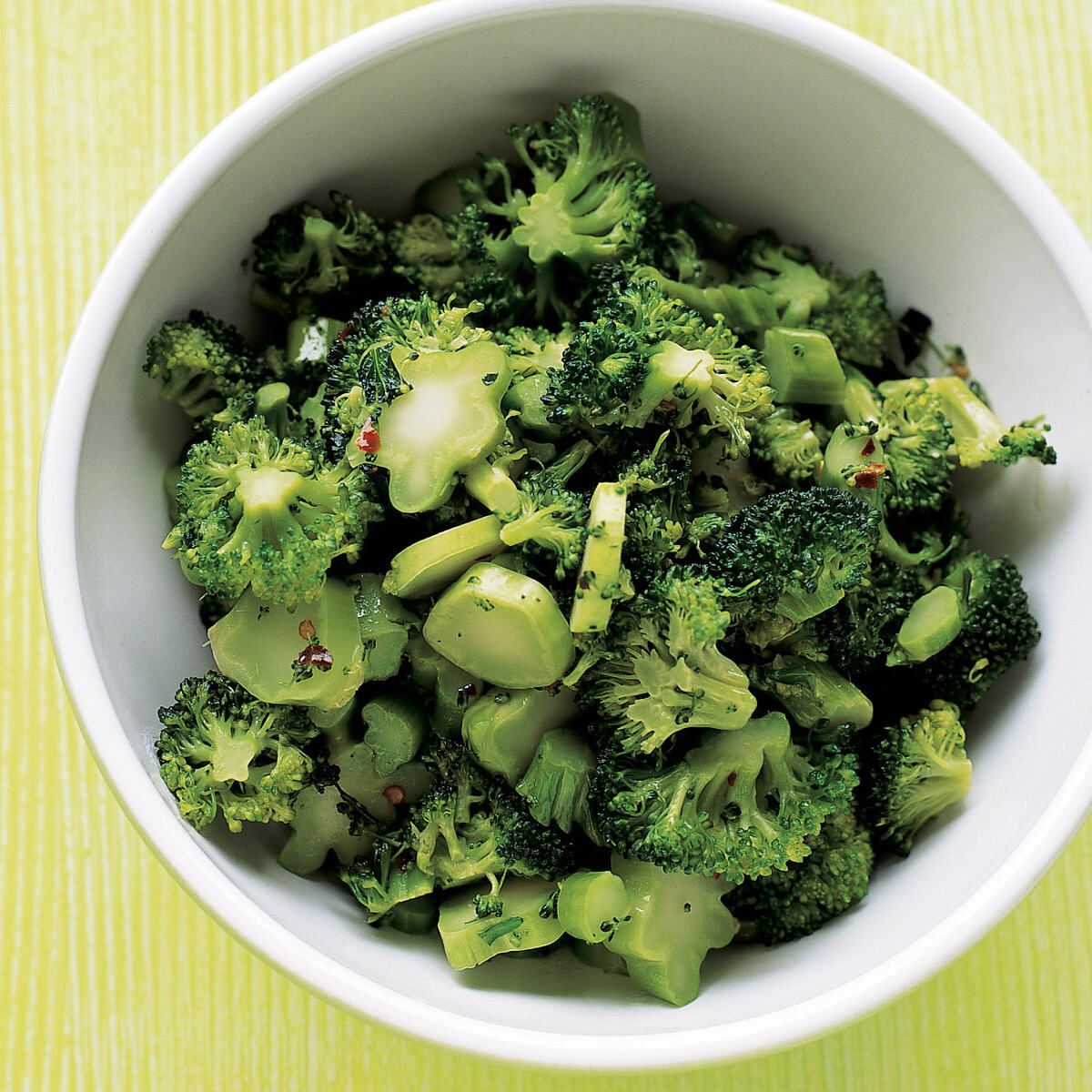
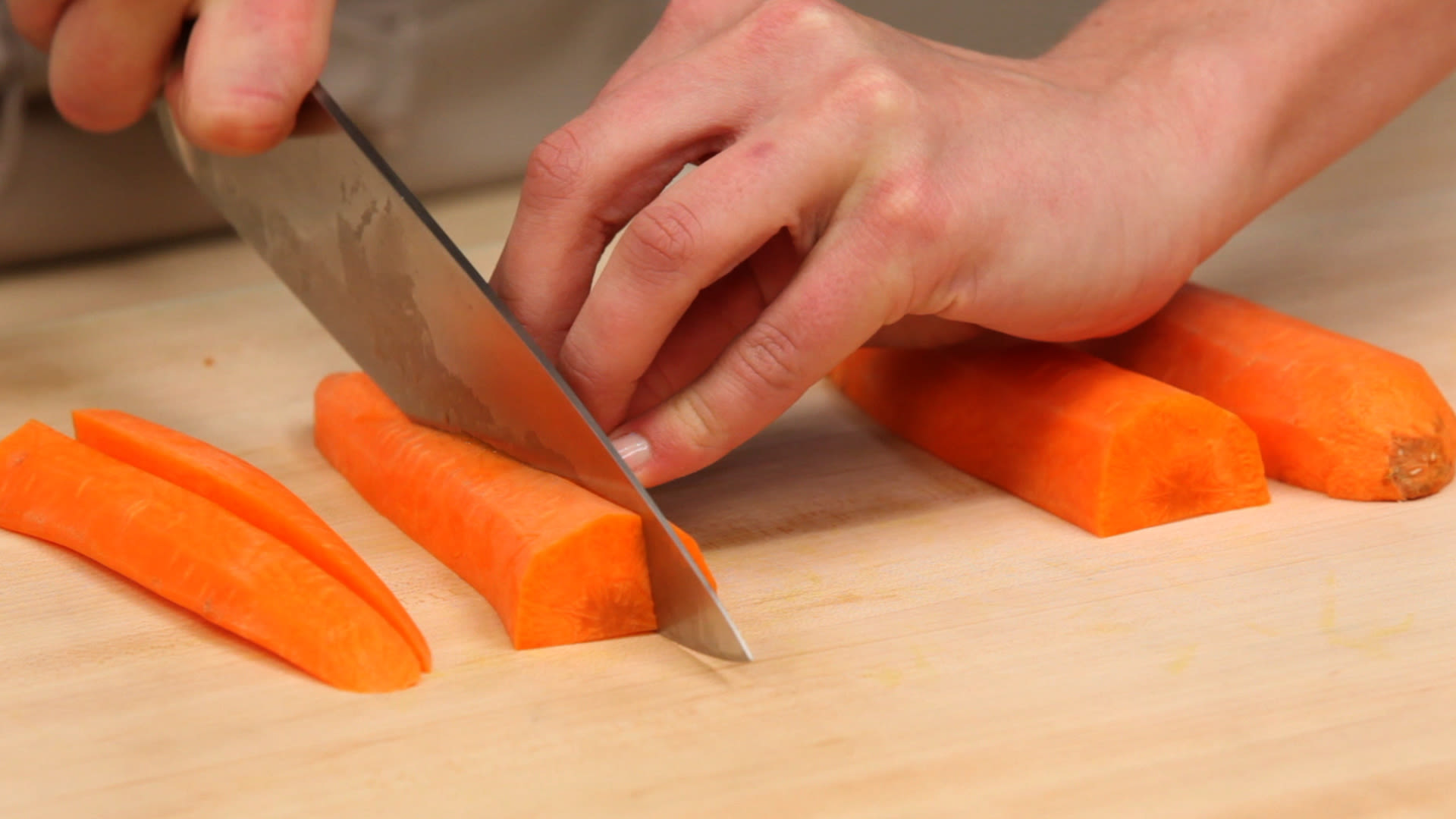

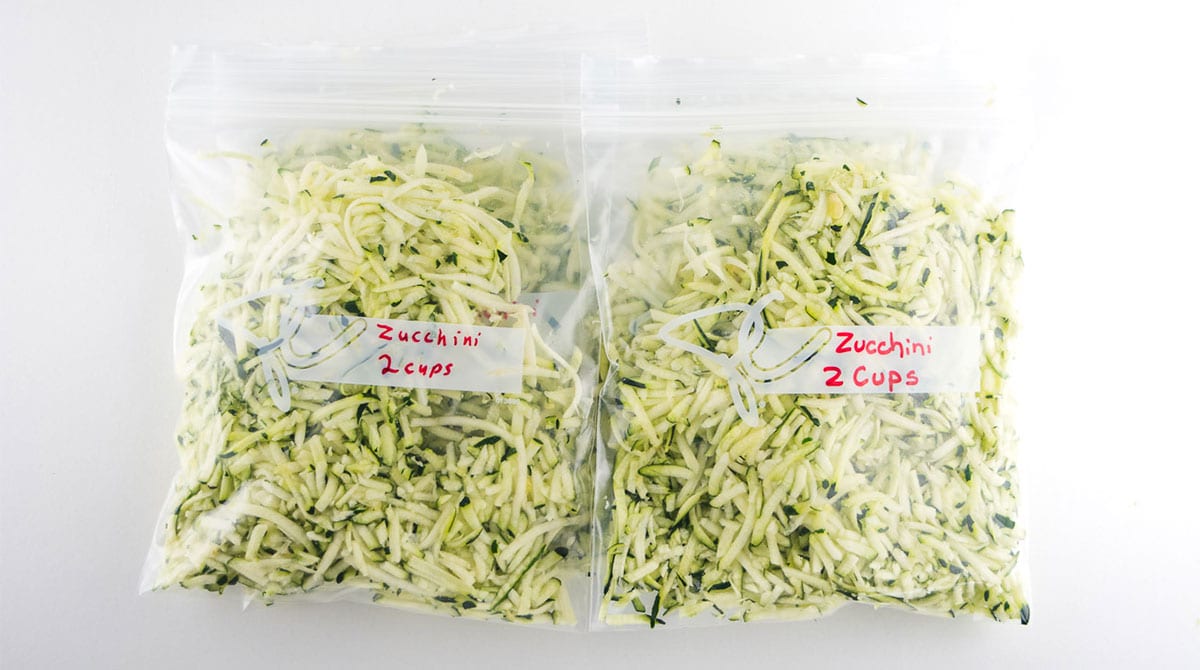

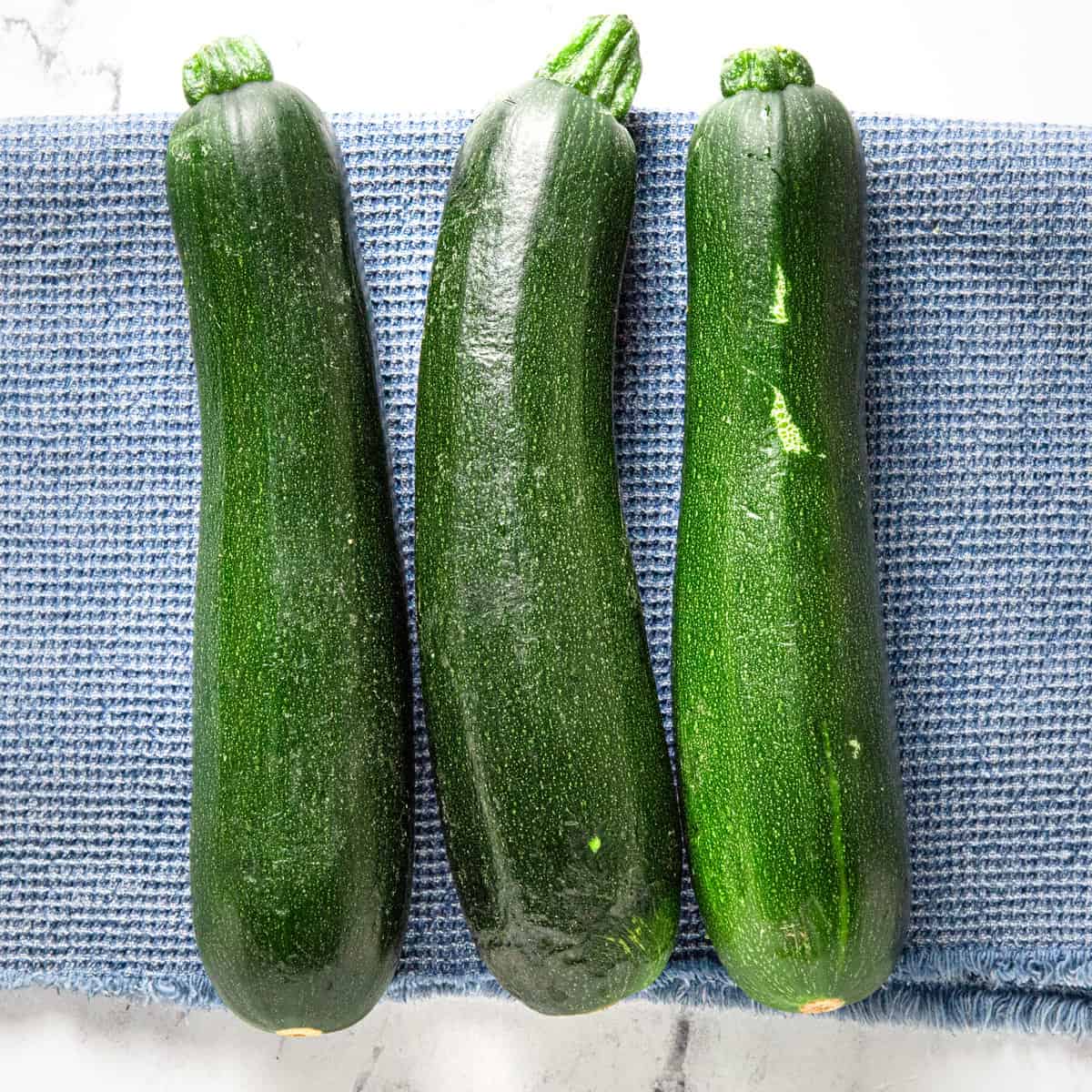
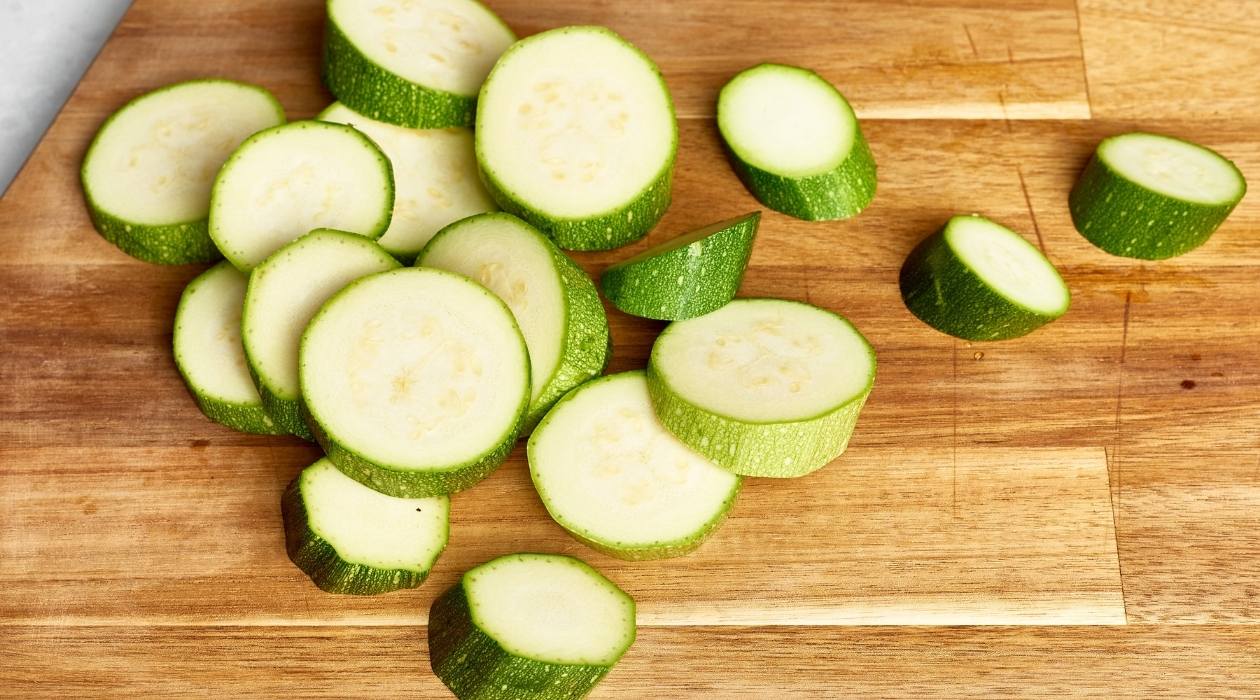
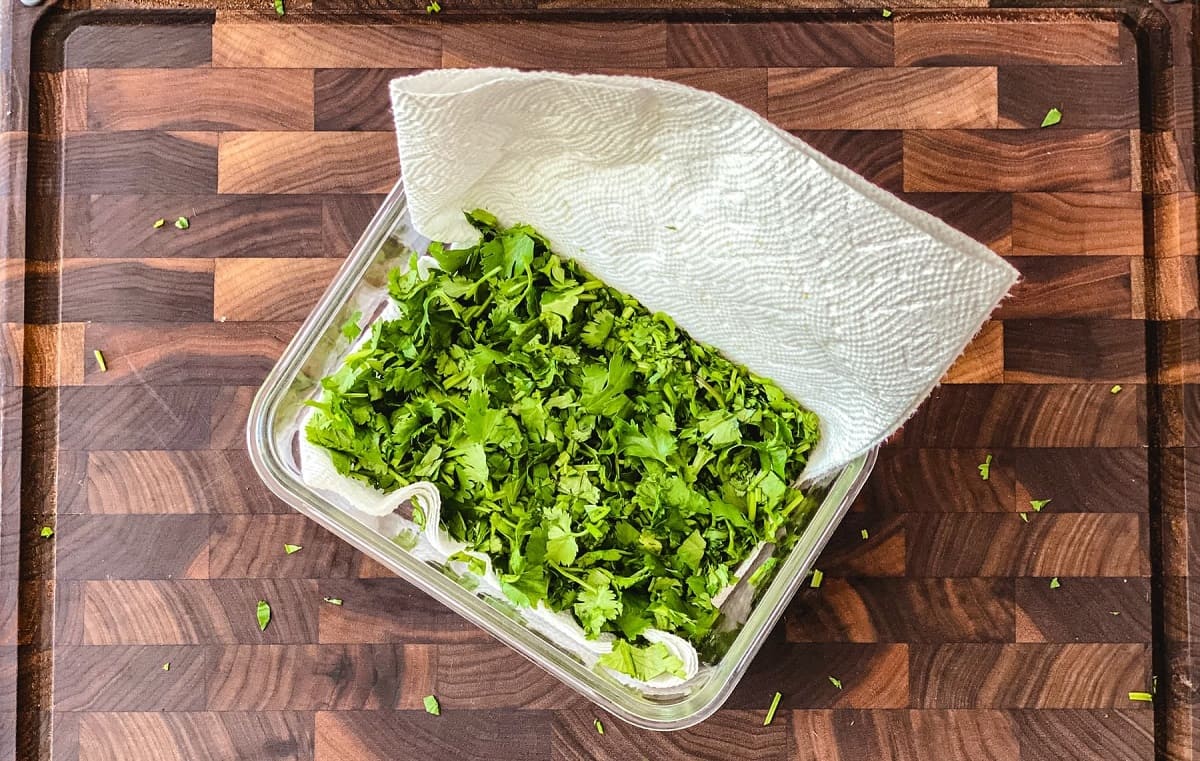

0 thoughts on “How To Store Chopped Zucchini”